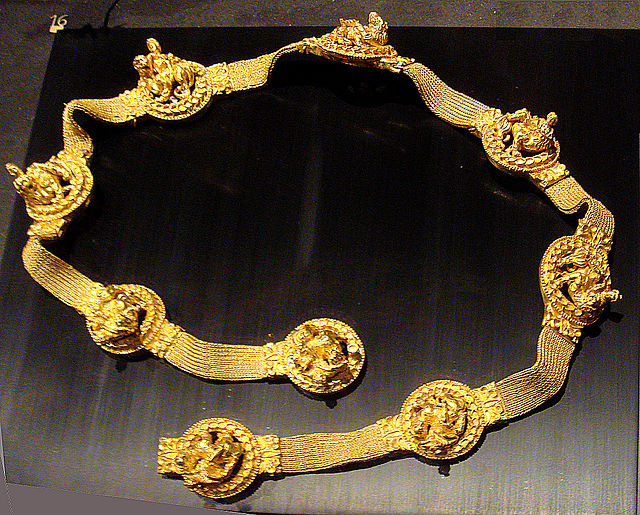The Helmand culture, c. 3300–2350 BCE, is a Bronze Age culture that flourished mainly in the middle and lower valley of the Helmand River, in southern Afghanistan and eastern Iran, predominantly in the third millennium BCE.
Pottery vessel from Shahr-e Sukhteh
Afghanistan, officially the Islamic Emirate of Afghanistan, is a landlocked country located at the crossroads of Central Asia and South Asia. Referred to as the Heart of Asia, it is bordered by Pakistan to the east and south, Iran to the west, Turkmenistan to the northwest, Uzbekistan to the north, Tajikistan to the northeast, and China to the northeast and east. Occupying 652,864 square kilometers (252,072 sq mi) of land, the country is predominantly mountainous with plains in the north and the southwest, which are separated by the Hindu Kush mountain range. Kabul is the country's largest city and serves as its capital. According to the World Population review, as of 2023, Afghanistan's population is 43 million. The National Statistics Information Authority of Afghanistan estimated the population to be 32.9 million as of 2020.
Tents of Afghan nomads in the northern Badghis province. Early peasant farming villages came into existence about 7,000 years ago.
A "Bactrian gold" Scythian belt depicting Dionysus, from Tillya Tepe in the ancient region of Bactria
Portrait of Ahmad Shah Durrani c. 1757
Afghan tribesmen in 1841, painted by British officer James Rattray





